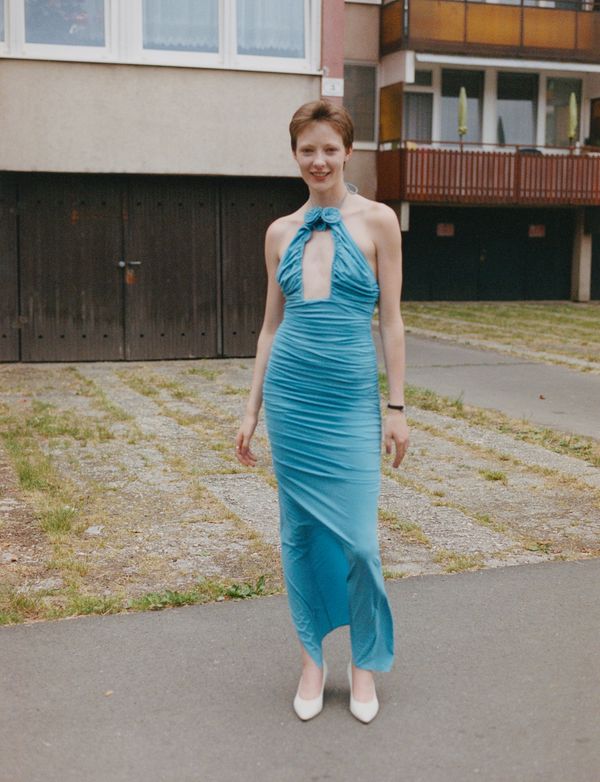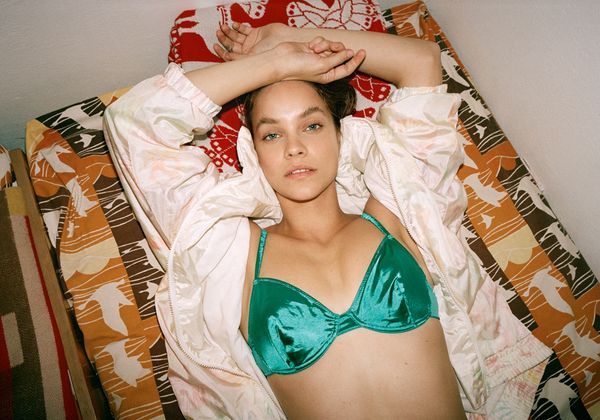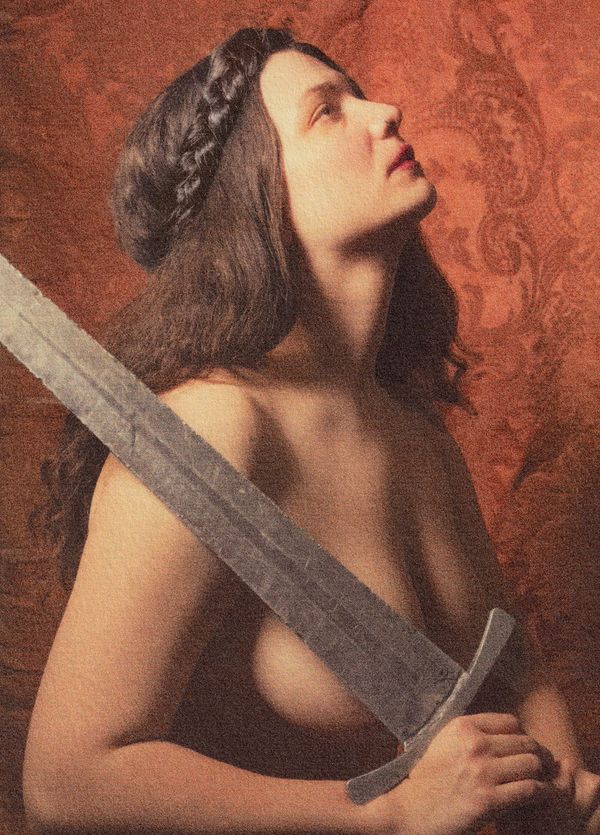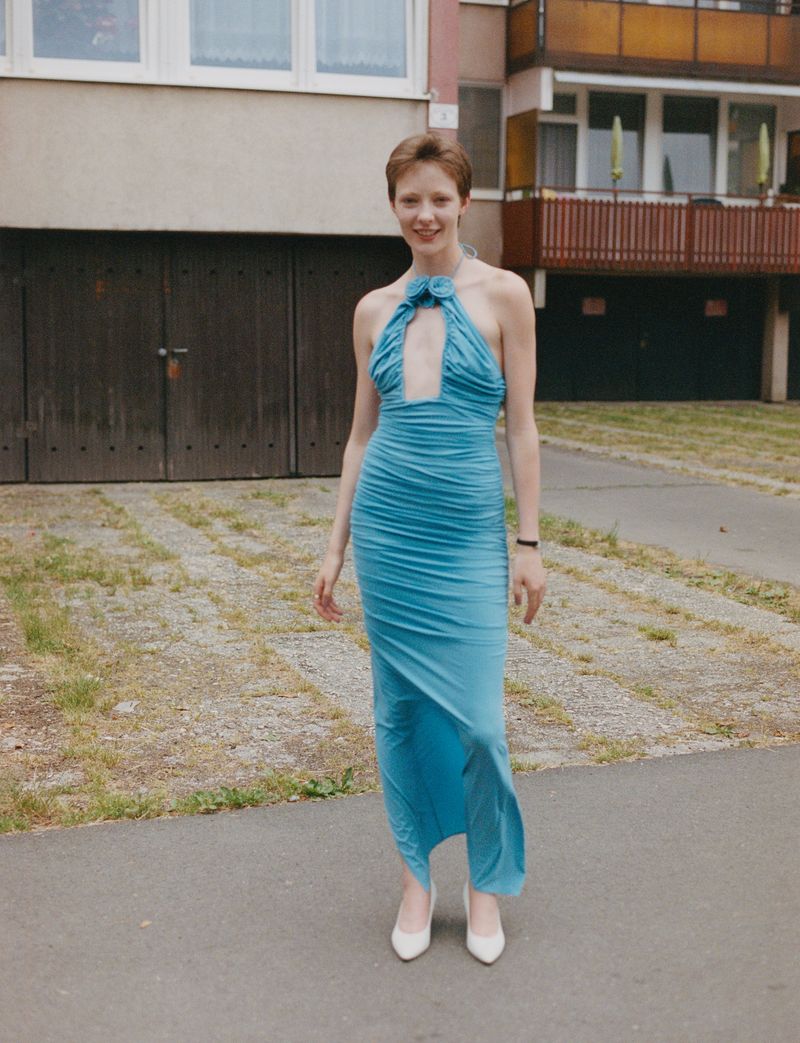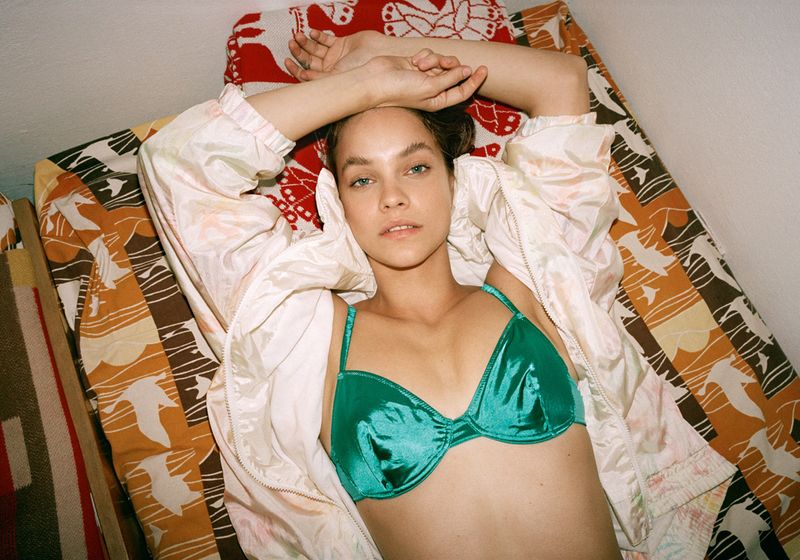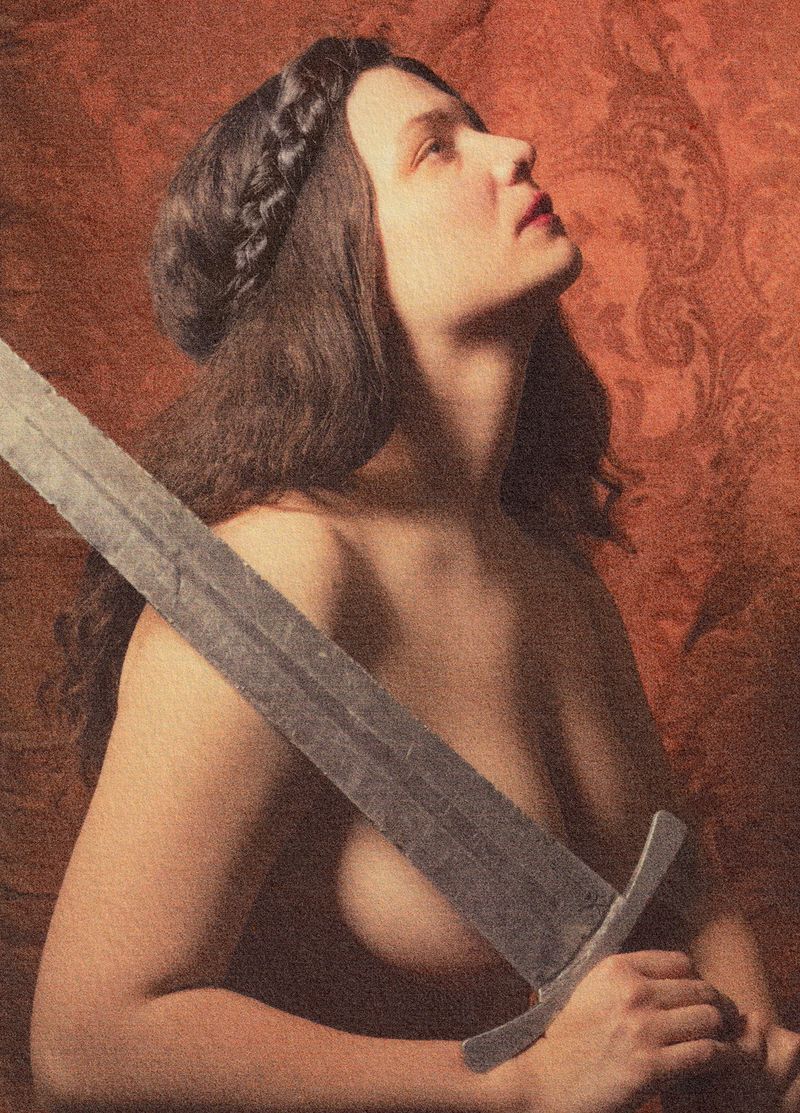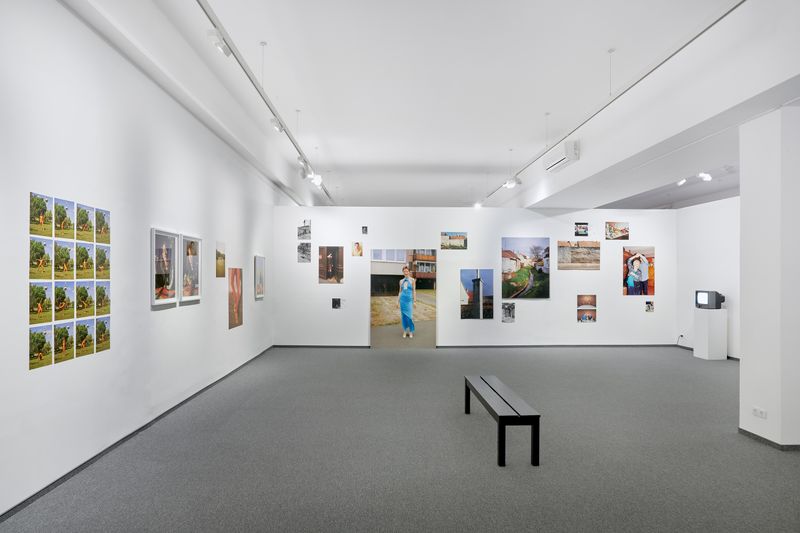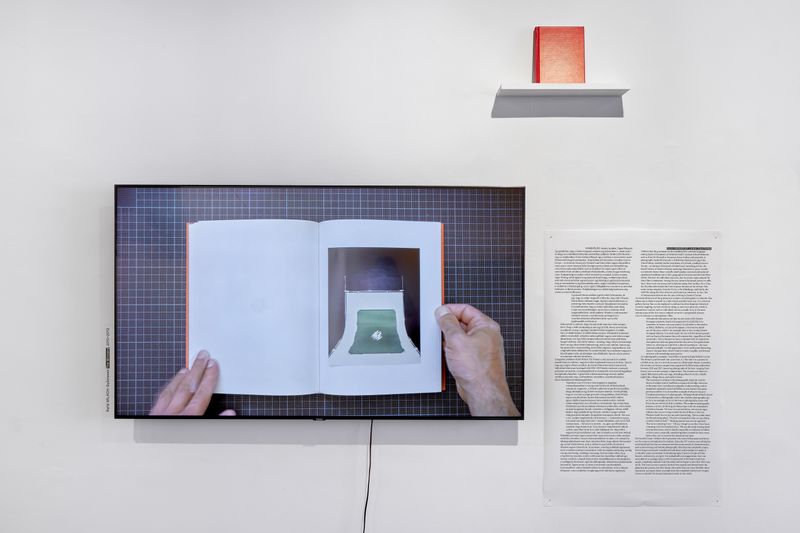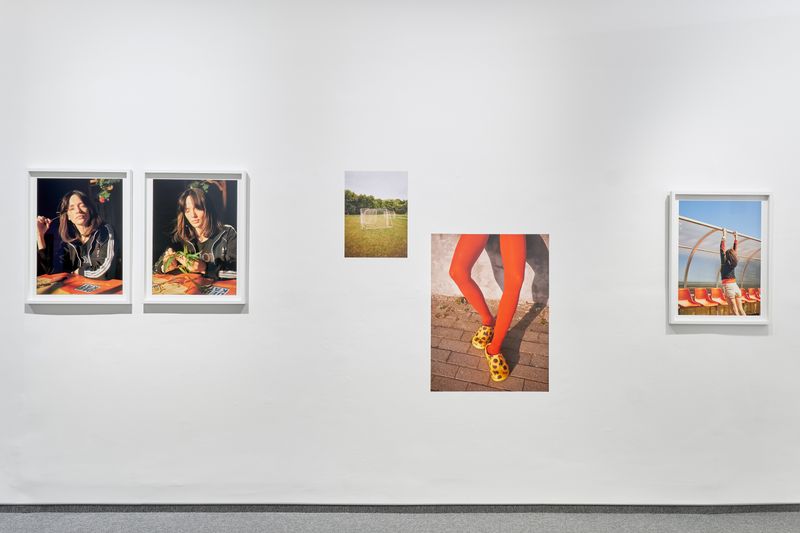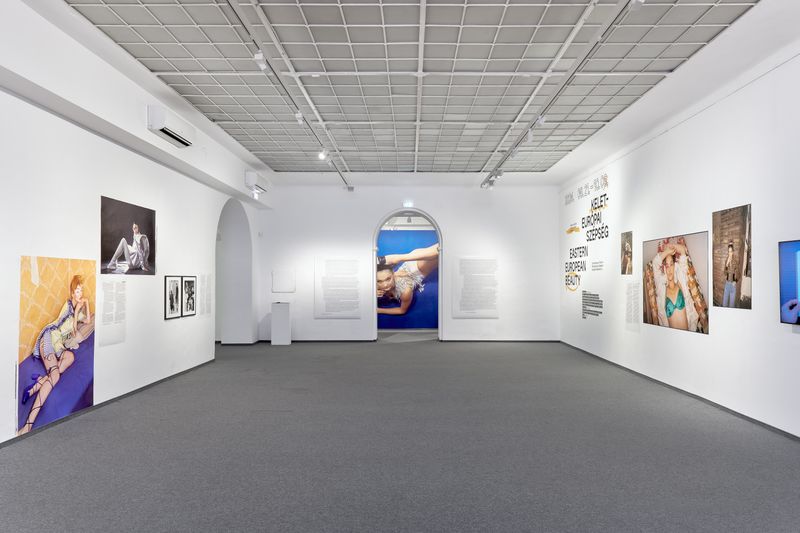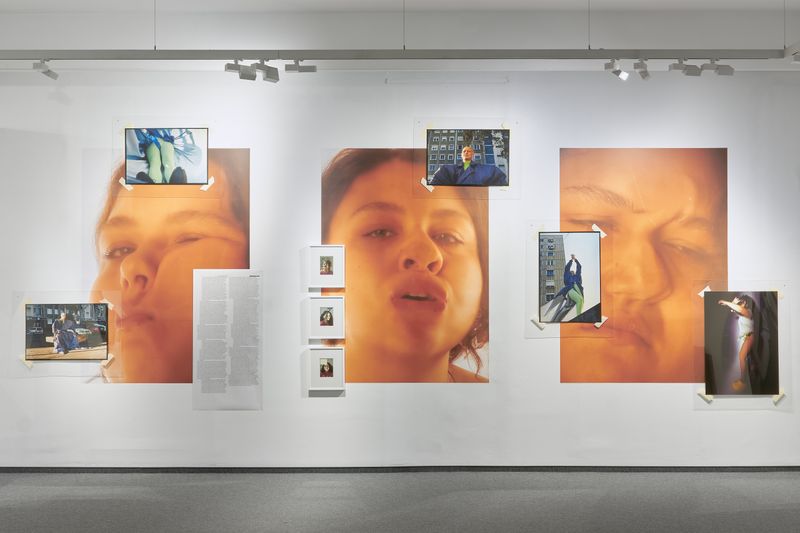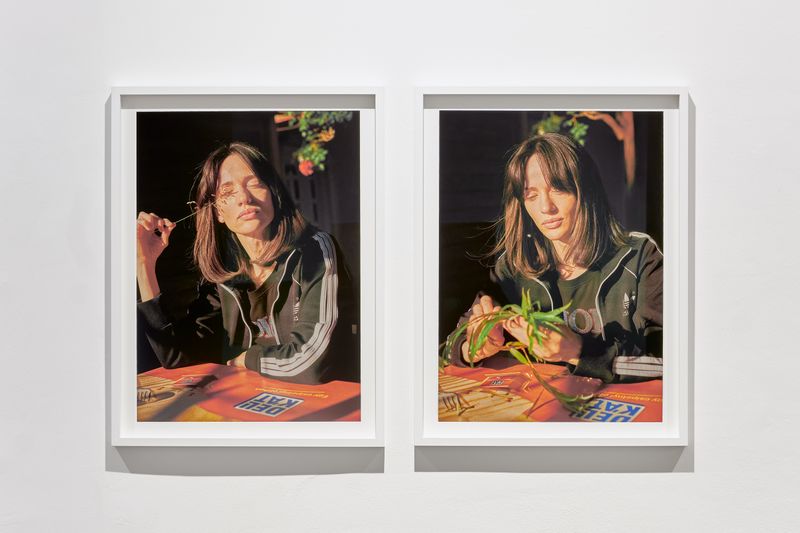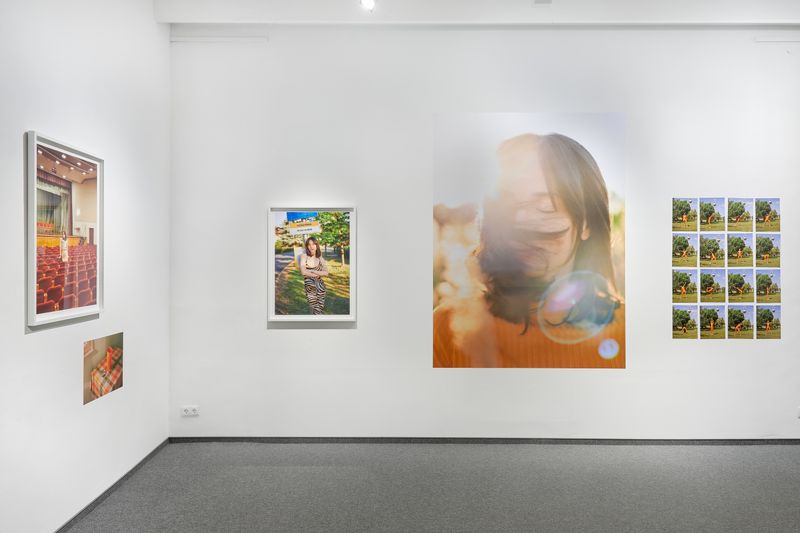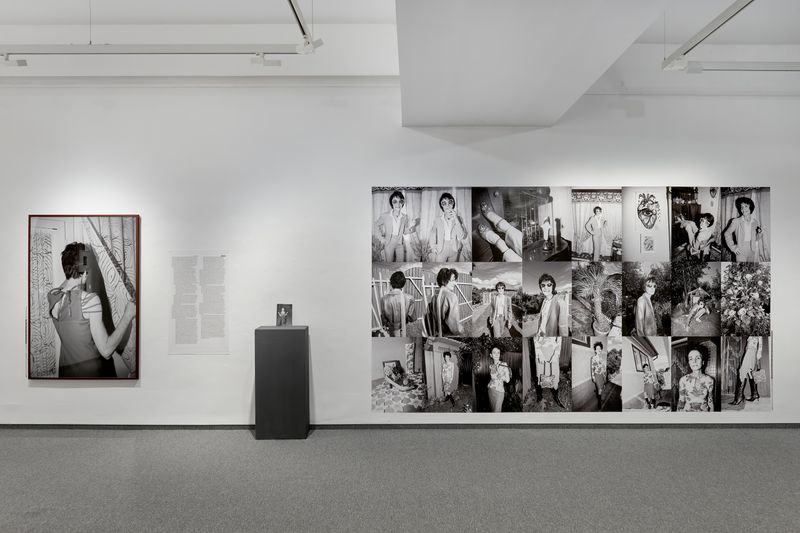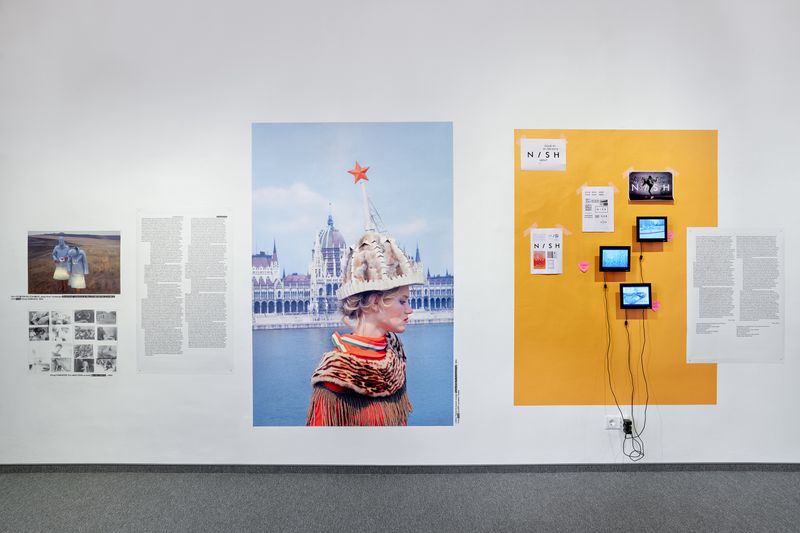Eastern European Beauty at Capa Center
-
Opens21 Jun 2024
-
Ends6 Oct 2024
-
Link
- Location Budapest, Hungary
Through seventeen photographic projects, the exhibition Eastern European Beauty offers possible explanations of what the “Eastern European aesthetic” consists of, what its main characteristics are, and what meanings it can assume in the international art.
Overview
Fashion photography reveals a potential and extraordinary, exclusive world. It aims to make us believe that we want to live in this world. It creates a desire within us to be involved in a certain world, evokes a sense of curiosity about it. To do this, it uses tools like glamour and cool. Glamour stands for splendor, radiance, magic, and it is related to lifestyle, appearance and clothing. According to Stephen Gundle, glamour is a fundamental concept of modernity: it empowers the person whose appearance impresses others. It goes hand in hand with the birth of modern womanhood – although for women, their bodies have always been the primary means of empowerment, as the vast majority were excluded from all other forms of self-assertion. The term cool simply means cool. Again, the reference to lifestyle, attitude and appearance is clear. The history of cool is more related to social class, but equally captures the impact of appearance on others. Cool is a characteristic of those who impress others without even realizing it. Keeping one’s distance is a fundamental element of being cool. Both words are part of the universal vocabulary of the globalized, capitalist entertainment industry. They suggest that fashion photography essentially introduces us to worlds “invented” for us by a certain life aesthetic and standard of living of Western, and Western European societies.
Over the past decade or so, an intriguing whirlwind of international fashion trends has emerged. At Christmas 2016, Kim Kardashian appeared in a hammer and sickle sweater, a collaborative design by Vetements X Svmoscow Communist, which went viral on the Internet, with articles from Vogue to The Guardian to various fashion blogs envisioning a new fashion wave using the terms “Eastern European aesthetic,” “Eastern Bloc,” “New East”, “post-Soviet.” Since then, the number of fashion reviews on the Eastern European aesthetic has continued to grow, with the international success of Georgian-born Demna Gvasalia, creative director of the fashion brands Vetements and Balenciaga, being the starting point for most authors. On the one hand, this global attention can be a great source of new opportunities for us. The question is, however, to what extent have the authors of the comparisons and the mostly rather vague opinions published in the international press actually understood or misunderstood what the “Eastern European aesthetic” really means?
In fact, redefining Eastern European glamour and cool is difficult even for people who live and have been raised here, even if we have a gut feeling of what it’s all about. In contemporary Internet aesthetics, Eastern Europe has so far been associated with the exact opposite of radiance: grit, grayness, boredom, exotic charm. For the locals, of course, this has always been a real source of inspiration, along with the basic accompanying phenomena: straightforward honesty, the invention and application of innovative DIY solutions, the subtle, specifically Eastern European subversion of dominant cultural industries. For the fashion industry, which communicates Western values of luxury, this is perhaps just another “untrodden territory” to be appropriated, while photographers and fashion photographers from the region and Hungary see in these tensions and contradictions the possibility of a new visual language. This is a language of closeness, of intimacy, of understanding; sometimes of irony; of a consciously assumed and experienced identity.
Through seventeen photographic projects, the exhibition Eastern European Beauty offers possible explanations of what the “Eastern European aesthetic” consists of, what its main characteristics are, and what meanings it can assume in the international art, photography and fashion scenes. The exhibition space functions as a kind of three-dimensional anthology. In one half of the exhibition, Hungarian photographers with a two-fold background – having their own artistic projects besides working in the fashion industry – present their ideas about their profession and the “Eastern European aesthetic” through their own work. In the other half of the gallery, various experts express their views on the topic through their selections of fashion photography, photojournalistic images, photo books, publications, or by presenting a distinctive figure or fashion icon from the region.
